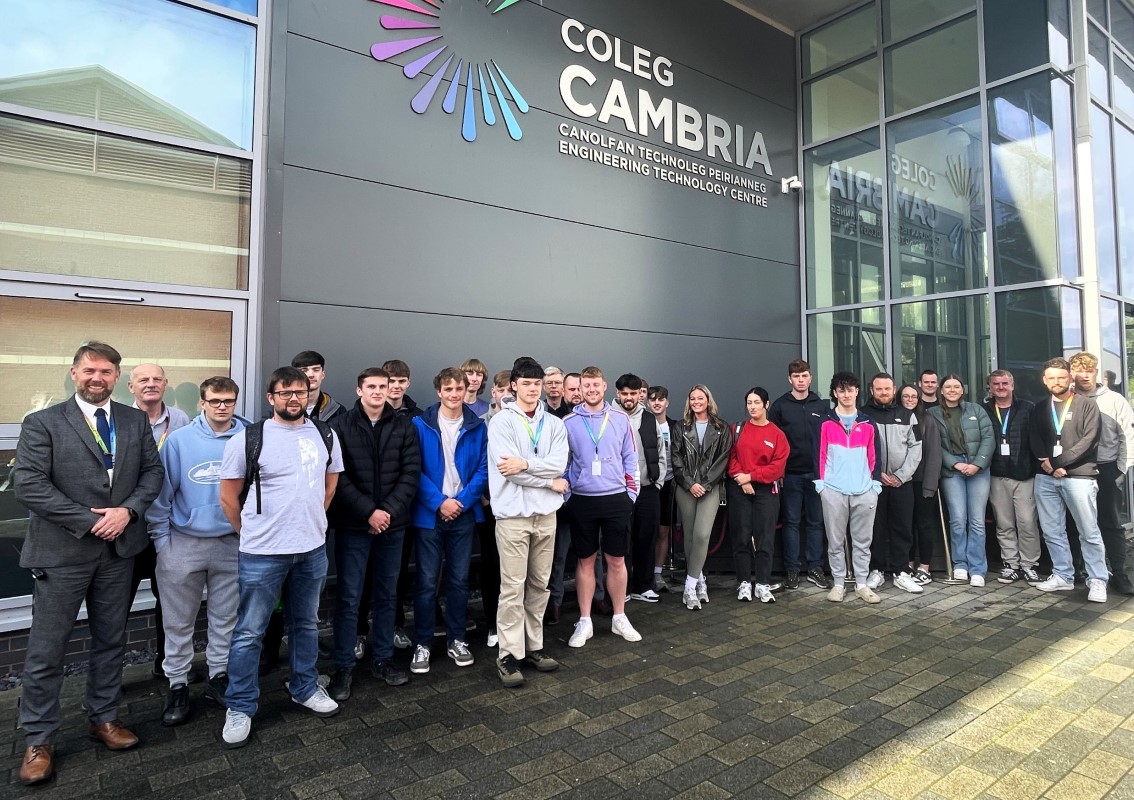National Tutoring Programme removes target to focus on disadvantaged students

Last week it was announced that National Tutoring Programme (NTP) has removed the target to focus on disadvantaged pupils.
An email which was sent to school leaders and tuition partners outlined that the NTP has ‘taken feedback on board from school leaders and tuition partners on how we can remove complexities from the National Tutoring Programme.’
Even though they have recommended that the focus of the tutoring support should still be on pupils who have been most impacted the pandemic disruption, it is a growing worry that they will now be overlooked in favour of supporting advantaged children and schools.
Since its inception, NTP has been filled with difficulties.
To shed light on the news and offer his opinion on the consequences this decision could cause, Richard Evans, education expert at The Profs has shared all:
1. How can this decision impact disadvantaged pupils?
By removing the focus on the most disadvantaged pupils, the National Tutoring Programme loses sight of its core purpose of helping the most in need. Worst still, the programme loses its soul.
2. What can the NTP do to ensure the programme will still help disadvantaged pupils and not favour advantaged pupils?
NTP providers are no longer required to ensure that 65% of their students are on pupil premium. The official reasoning given is that NTP was too bureaucratic and difficult for schools to administer, and that providers will now have more control over who they reach. However, in light of multiple reports that the scheme is falling “scandalously short” of the targets set, the move has been seen as an attempt to boost underperformance, rather than increase efficiency.
That said, pupil premium has long been criticised for being a poor measure of attainment gaps and social and economic disadvantage. It is hoped that schools and providers, now unrestricted by any limitations, will have less red tape when deciding which students can access the scheme. Indeed, schools themselves should be in the best position to decide which students are in most need of support and can better understand the specific educational needs of each student.
3. Are there any other methods that can help ‘lost learning’?
One-to-one and small group tutoring has been widely evidenced as the most effective response to lost learning. It works because it is a purely educational solution to an educational problem; it targets the individual student’s weaknesses and provides a trained educator to turn these weaknesses into strengths.
In 2018, before the pandemic, the government published a report on the efficiency of catch up schemes on year 7 students (ages 11-12). They concluded that one-to-one, computer-based learning had the most promising results on improving literacy but commented that improvements in numeracy were less notable. There are very many interventions that are constantly being evaluated including higher parental engagement, peer tutoring and mentoring schemes. Perhaps the most surprising is that of ‘meta-cognition and self-regulation’. There is a strong, growing evidence base reporting that we should invest more resources into teaching students to think more critically about what, why and how they are learning. The results suggest that such interventions can push individual students almost an entire academic year ahead of their peers, and for very low cost. Perhaps it is time that we rethink schooling – and teach students how to learn, rather than what to learn.
4. What can the government do to further support pupils who need more tuition support?
It is now time for a public inquiry into the National Tutoring Programme. The scheme is a brilliant idea and one of the most exciting, and well-funded policy innovations of this century. However, the government has been severely let down by those it authorised to run the schemes.
Most notably, the scheme was rushed. Leaders of the professional tutoring industry – those best placed to advise the creation of the scheme – were deliberately kept out of the steering group and the Education Endowment Foundation refused the professional tutoring industry’s request for our elected president and industry representative to join the steering group. Therefore, sadly, tens of industry leaders were deliberately snubbed. As experts in their fields, these leaders correctly predicted so many of the scheme’s failings today and could have been instrumental in avoiding them.
Most notably, we recommended the scheme had to be primarily online to prevent the government’s lock down response from itself being locked down – but to quote one official policy advisor in Summer 2020 ‘I don’t think another lockdown is likely’. During the December 2020 to January 2021 lockdown, it was reported that only 4 providers were still able to deliver tutoring.
Secondly, we recommended that all providers must make public the fraction of their fee that would be paid to the educator, and the fraction that they would retain for ‘admin’. The professional sector quickly agreed to cap all admin fees to 25% of the funding, so that 75% would be available to attract the most professional and experienced tutors. Most of the current providers are charging 70%-100% of the fee as admin, whilst charging market rates for inexperienced, low-paid, and often unpaid volunteer tutors.
Most importantly, the public needs to understand why these, and many other, poor decisions were made; who made them; and allow the experts in to oversee the major course corrections that are needed to allow the NTP to deliver on its fantastic promises of helping hundreds of thousands of students to catch up.











Responses